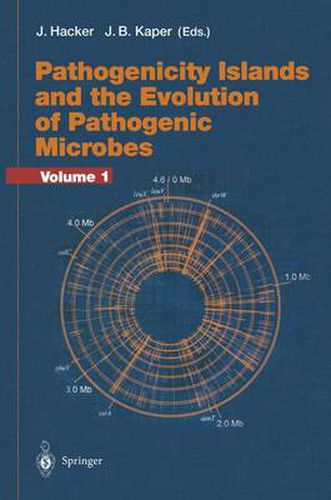Readings Newsletter
Become a Readings Member to make your shopping experience even easier.
Sign in or sign up for free!
You’re not far away from qualifying for FREE standard shipping within Australia
You’ve qualified for FREE standard shipping within Australia
The cart is loading…






It has been known for a number of years that not only pathogenicity islands but also plasmids and bacteriophages are able to carry genes whose products are involved in pathogenic processes. Accordingly, such elements and their products play an important role in pathogenesis due to the intestinal E. coli as well due to Shigellae. Another interesting aspect which is reflected in different articles is that genomes evolve by acquisition of new pieces of DNA following gene transfer, but also by genome reduction. Different mechanisms include the deletion of sequences or the elimination of functions by the accumulation of point mutations or rearrangements.
$9.00 standard shipping within Australia
FREE standard shipping within Australia for orders over $100.00
Express & International shipping calculated at checkout
It has been known for a number of years that not only pathogenicity islands but also plasmids and bacteriophages are able to carry genes whose products are involved in pathogenic processes. Accordingly, such elements and their products play an important role in pathogenesis due to the intestinal E. coli as well due to Shigellae. Another interesting aspect which is reflected in different articles is that genomes evolve by acquisition of new pieces of DNA following gene transfer, but also by genome reduction. Different mechanisms include the deletion of sequences or the elimination of functions by the accumulation of point mutations or rearrangements.